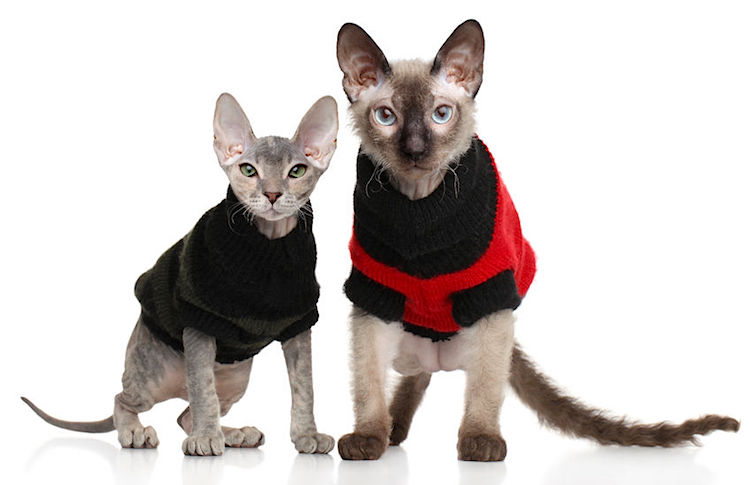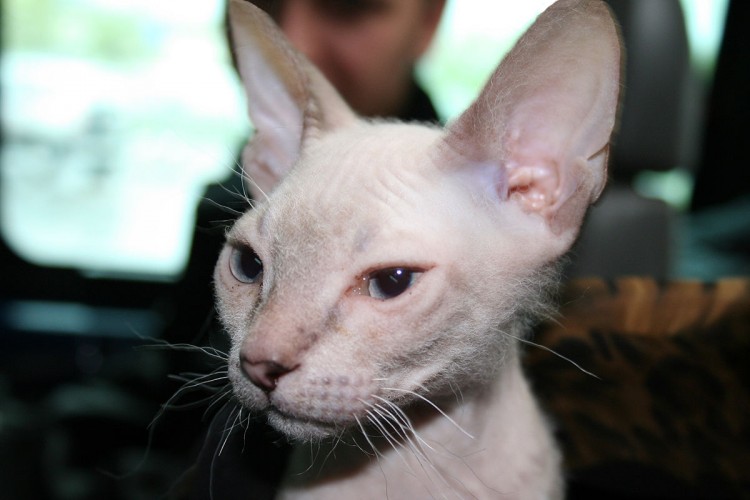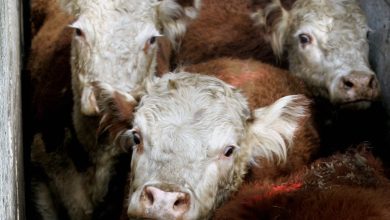5 Things to Know About Donskoy Cats – Petful

1. Key Characteristics
- height: not specified
- weight: 6-12 pounds
- life expectancy: 12-15 years
- rubber bald: born bald and stays bald.
- flocked: appears hairless and feels like chamois. the cat can go bald.
- velvet: born with a bald spot on the head; hair gradually disappears but may remain on face, legs, and tail.
- brush: more hair is retained; bald spots may appear. the hair can be soft or wiry.
- sunburns
- skin problems
- sensitivity to extreme temperatures
- gum disease
- cavities
- the donksoy page of the international cat association
- world federation of cats
- living with hairless cats
The donskoy is also known as the sphynx don, Russian donskoy, hairless don, and Russian hairless.
These muscular, medium-sized cats have little to no hair and wrinkled skin.
Their feet are oval in shape with long, slender, webbed toes. their heads are wedge-shaped and flanked by long, large ears and almond-shaped eyes. the eyes can be a variety of colors.
donskoy cats generally have 4 types of fur in various colors:
the fur is similar to human skin.
In addition, cats can grow a winter coat (usually on the chest and tail) that they shed when the weather warms up again.
2. where did they come from
the donskoy were discovered in rostov-on-don, russia, in 1987 by elena kovaleva.
he stopped the children from torturing a kitten and took it home, later naming it varvara.
the kitten lost her hair over time and kovaleva tried to treat the fur without success. when varvara had kittens years later, the litter included hairless and hairless pups.
The kittens also lost their hair, and people believed the hair loss was due to disease. as a result, there was little interest in the cats.
then a professional breeder, irina nemikina, rescued one of the kittens and started a breeding program. the hairless coats continued with later litters, and speculation turned to a gene needed to produce the coats.
nemikina’s efforts created the new breed of Russian cat, which she named don sphynx: don for the nearby don river and sphynx for hairlessness.
The World Cat Federation recognized the breed in 1987 and the International Cat Association added the breed in 2005.
3. how friendly are they?
Donskoy are friendly and intelligent, making them easy to train.
They are also curious, affectionate, and social cats who like to be around people and other pets, although they may not be friendly with other cats at times.
donskoys do not do well when left alone for long periods of time. They require a lot of attention and interaction, so they are not recommended for anyone who is getting a cat for the first time or for people who are away from home for long periods of time.
Cats are very loyal; in fact, their loyalty is often compared to that of dogs.
here is more information about this friendly and playful breed:
4. is this the right cat for you?
exercise needs

medium: There’s no denying that Donskoys are more active than most cats, but they can also sleep quite a bit.
they like to play hide and seek.
Keep your donskoy indoors. these cats are not only susceptible to problems with extreme temperatures, but also because they are rare, someone may be tempted to steal them.
plus, your cat’s friendly nature means she may not assess dangers correctly.
grooming necessities
Low: Being hairless or nearly hairless, Donskoys have different grooming needs than most cats.
Instead of brushing, you’ll want to clean your donskoy every day when possible. the body produces oils, but there is not enough hair to absorb them.
Bathe your donskoy once a month or more often as needed. baths and wipes prevent skin problems. You should clean your large ears regularly, about once a week, to remove debris and wax buildup and prevent infection.
brushing your teeth is also a must: donskoy are susceptible to gum disease and cavities.
Cats shed little to no hair or dander, and people with allergies have been able to live with them without a problem. they need consistent temperatures inside, so consider buying a sweater.
Keep your donskoy out of the sun to avoid sunburn.
health problems
low: possible health problems include:
Because your cat has a higher body temperature than most cats, you will notice that she eats more.
To maintain body temperature during the winter, your donskoy will need more food than normal. intake should return to normal once winter is over.
5. where to adopt one
donskoys are hard to find. if your heart is set on one, contact the breeders, but make sure they are not running a kitten cattery.



